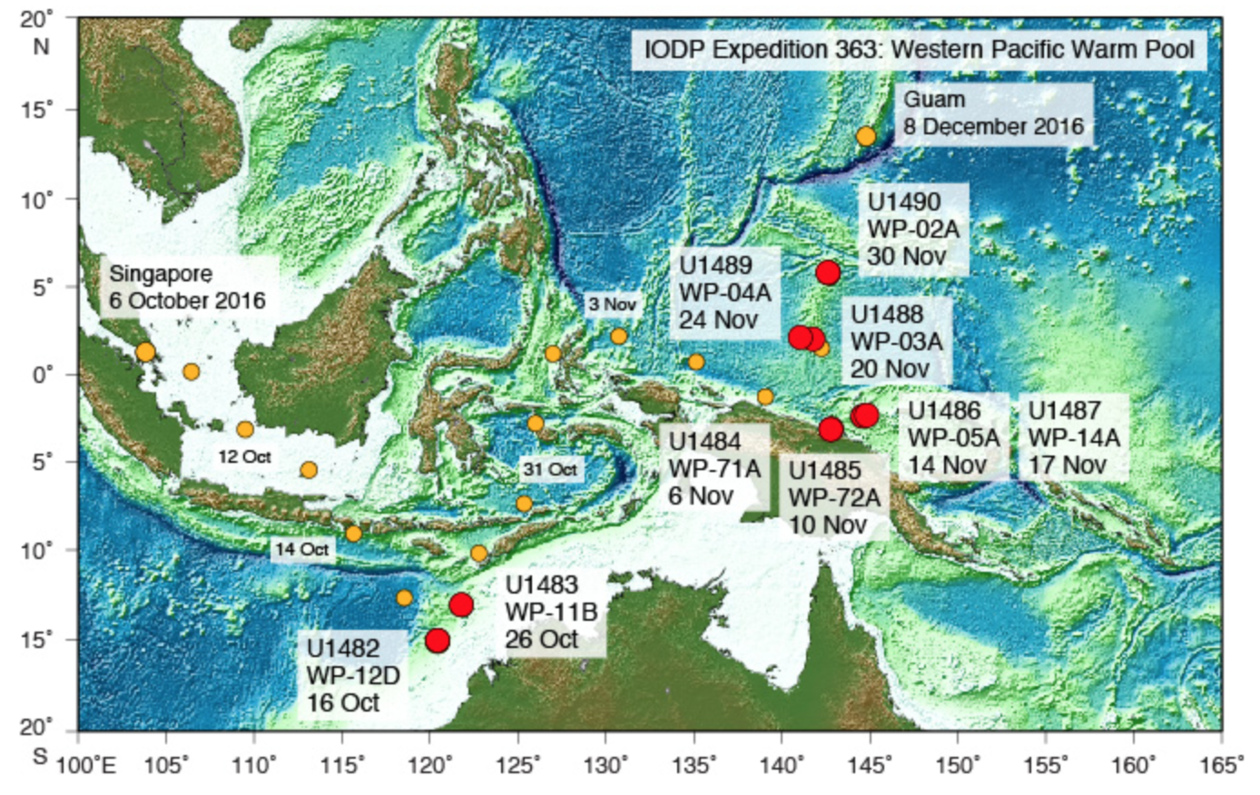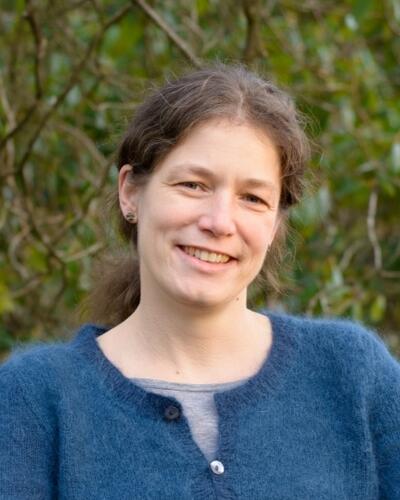Ocean temperatures in the tropical Pacific during the warm Pliocene
This master's project is available from the intake of august 2019
Hovedinnhold
Project description
The tropical West Pacific is the warmest region in the ocean today and therefore an important part of the climate system. Yet, the evolution of ocean temperatures in this region over the last 10 million years is still much debated, because different proxy methods disagree. Some suggest there were no large changes in temperature in this region, despite significant global cooling that eventually led to the onset of the bipolar glacial cycles characterizing the Quaternary. Other methods do suggest a cooling trend similar to the global trend.
We are in the process of assessing this question with a new tool that we have set up in Bergen, called clumped isotope thermometry. It is based on the ordering ("clumping") of stable isotopes within the molecules and can for example be used on the calcite of foraminifera shells. Unlike other carbonate-based temperature proxies, this method is independent of limiting assumptions about source water composition, thereby allowing to better constrain paleotemperature estimates. Furthermore, this analytical approach is of great interest to other Earth Science disciplines (e.g., tectonics, petroleum science, planetary science).
Two years ago PhD candidate Niklas Meinicke took part in a drilling expedition to the tropical West Pacifc and helped recover exciting new sediment cores from this area. This master project will take advantage of some of this material. The student will work alongside PhD candidates Niklas Meinicke and Anna Hauge Braaten and focus on reconstructing ocean temperatures in a selected time period of the last 10 million years. The work involves picking foraminifera from sediment samples, preparing them for analysis, and measuring clumped isotope abundances with a mass spectrometer. The data will be compared to data from other proxies from the same and nearby sites, for example temperature estimates from Mg/Ca ratios in foraminifera generated by our collaborators in Santa Cruz, California.
Proposed course plan during the master's degree (60 ECTS):
Høstsemester:
GEOV222 (10P)
GEOV300 (5P)
GEOV324 (5P)
GEOF236 (10P) or GEOF212 (10P)
Vårsemester:
GEOV231 (10P)
GEOV342 (10P)
GEOV302 (10P) or GEOV331 (5P) + GEOV347 (5P)
Prerequisites
Bachelor in geology with a curse in geochemstry, eg. GEOV109 or equivalent
Felt- lab- og analysearbeid
Labwork, around 6 months total


